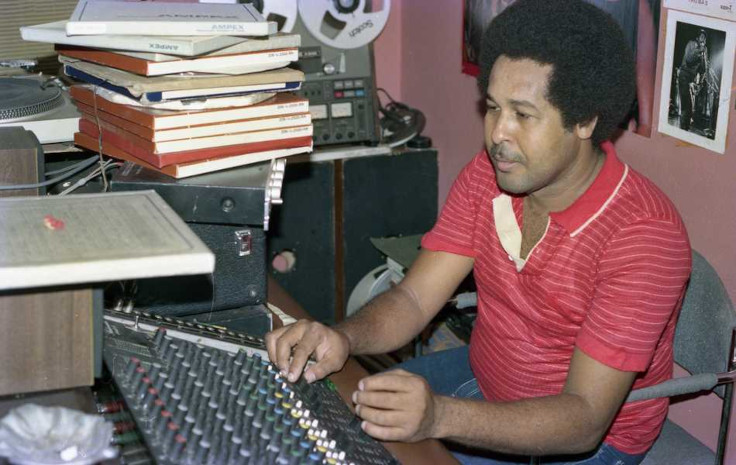Dub mixer and record producer Lloyd James – better known as Prince Jammy or King Jammy – was born in 1947 in Montego Bay, Jamaica.
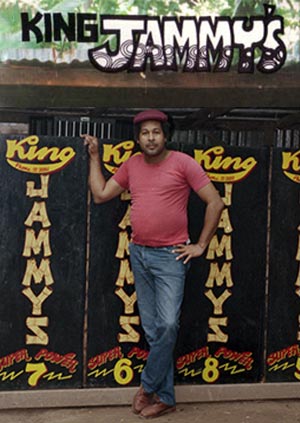
He moved to Kingston and took to music at an early age, also thanks to the fact that he lived in the Waterhouse district on the same street as the legendary electronics technician and sound system operator Osbourne Ruddock, a.k.a. King Tubby.
Lloyd James displayed an early understanding of electronics and soon began building amplifiers and started his own sound system in the late 1960s. He briefly left Jamaica to work in Canada for a few years and returned to Kingston in 1976, when he set up his own studio at his in-laws’ home in Waterhouse. That same year, Phillip Smart left King Tubby’s studio, and Jammy replaced him as dub master.
King Tubby was a mentor to Prince Jammy, whose dubs became known for their clear sound and effects. Jammy got to work with Yabby You and Bunny’ Striker’ Lee, who was particularly impressed with his mastery of the equipment and employed Jammy’s skills almost exclusively.
By 1977, the young engineer found himself mixing most of the rhythms that passed through King Tubby’s Studio. Among his most notable successes was mixing the dub counterpart to “In the Light” by Horace Andy.
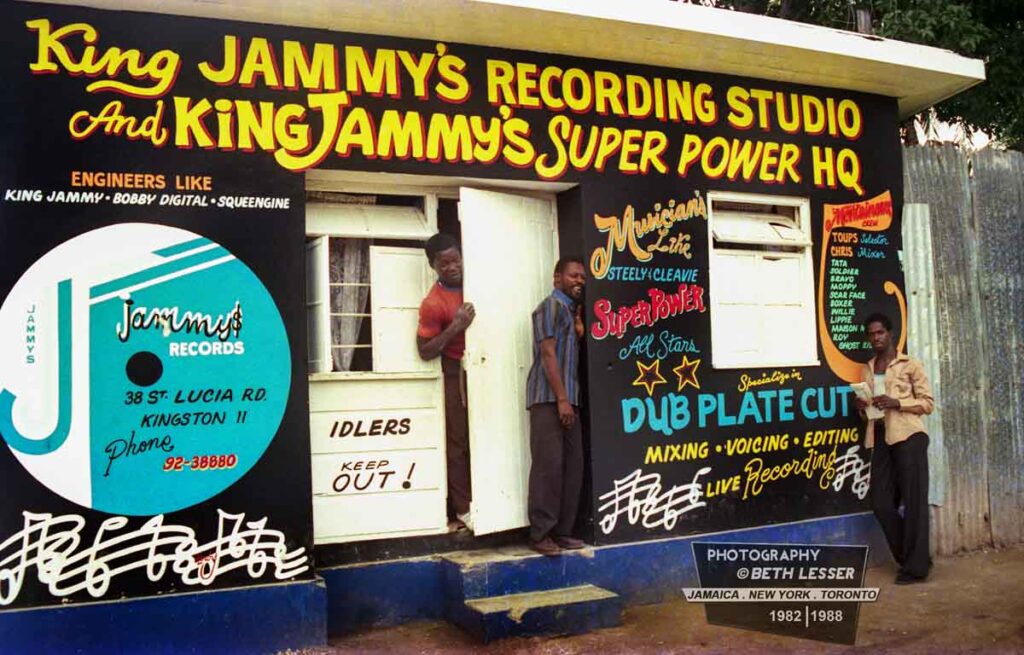
Recording the debut of Black Uhuru was Prince Jammy’s first prominent venture in his own production work and marked the breakthrough for Kingston’s young vocal trio. He continued mixing Black Uhuru tracks for Jammy’s in Lion Dub Style set and produced other hit albums and singles for emerging dancehall artists like Junior Reid and Half Pint.
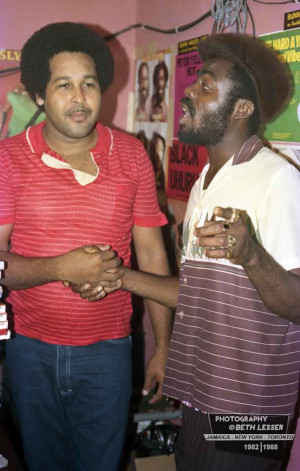
From there, Prince Jammy became one of the most influential producers of dancehall music in the 1980s. His biggest hit was an entirely-digital rhythm hook, “Under Me Sleng Teng” by Wayne Smith (1985). Many credit this song as reggae’s first digital rhythm, leading to the modern dancehall era and Prince Jammy’s recognition as King Jammy. Except for Wayne Smith’s vocal, every song element was digital.
As the ’80s dawned, Greensleeves released the Big Showdown set: a fictional dub battle between Jammy and Tubby’s former colleague, Hopeton “Scientist” Brown. The latter claimed that he had done most of the work in the big hits released at King Tubby’s but Jammy took most of the credit and recognition.
Jammy’s productions and sound system dominated reggae music into the 1990s, a decade that witnessed many reissues of Jammy’s classic mixing work. His son, John John, also emerged as a successful record-maker in those years.
Today, King Jammy – who played a seminal role in three of reggae’s major stylistic eras – continues to work as a producer with some of Jamaica’s top artists, including Sizzla.
-
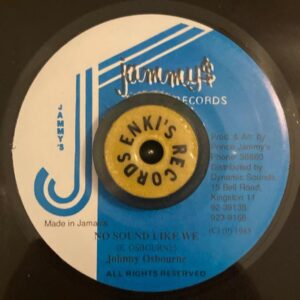 Johnny Osbourne – No Sound Like We14,50€
Johnny Osbourne – No Sound Like We14,50€ -
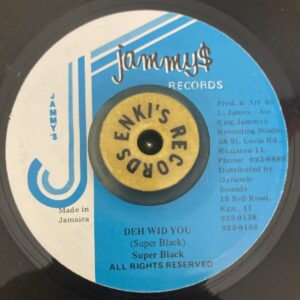 Superblack – Deh Wid You14,50€
Superblack – Deh Wid You14,50€ -
 Nitty Gritty – Hog Ina Minty14,50€
Nitty Gritty – Hog Ina Minty14,50€ -
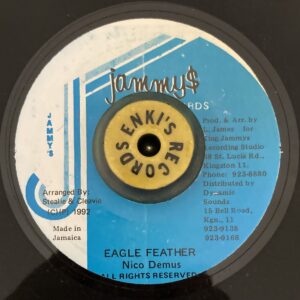 Nicodemus – Eagle Feather14,50€
Nicodemus – Eagle Feather14,50€ -
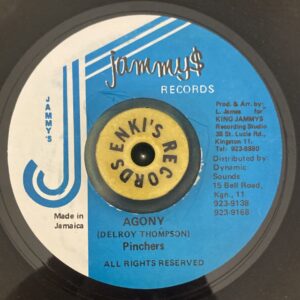 Pinchers – Agony14,50€
Pinchers – Agony14,50€ -
 Admiral Bailey – Think Me Did Done14,50€
Admiral Bailey – Think Me Did Done14,50€ -
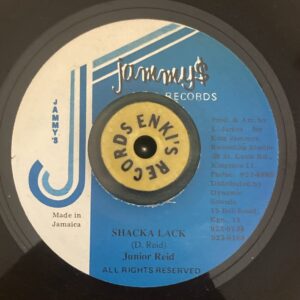 Junior Reid – Shack A Lack14,50€
Junior Reid – Shack A Lack14,50€ -
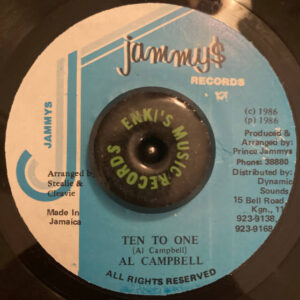 Al Campbell – Ten To One9,00€
Al Campbell – Ten To One9,00€ -
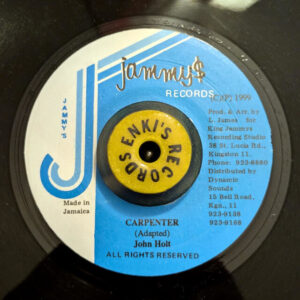 John Holt – Carpenter / Version9,00€
John Holt – Carpenter / Version9,00€
Sources:
Biography by Nathan Bush on allmusic.com
reggaeville.com
Featured Story by David Katz on factmag.com
Photos by Beth Lesser through reggae-vibes.com

